SEO is an essential part of any good marketing strategy, yet these three famous letters have often been associated with a little obscure science.
But in recent years, SEO has evolved a lot: it has become a logical science, necessary to improve the user experience of the web.
By following some SEO tips and knowing some technical optimizations, referencing a blog article in the first results of search engines is within everyone’s reach.
With the help of this list of SEO tips, you can improve your visitors’ experience on your blog posts and increase your natural traffic.
But first, here’s a quick reminder of the importance of SEO.
What is SEO?
SEO (or Search Engine Optimization ) is a set of techniques that can position a site or web page in the first natural results (that is to say non-paying) search engines.
To get a good SEO, you will have to follow some basic SEO techniques. Did you know that 70% of clicks for a Google query are focused on the first page of a search?
Referencing your article on this first page should be your main goal to increase your natural traffic.
To achieve this, follow these SEO tips to improve the ranking of your articles.
Checklist for a good SEO
By providing the necessary answers to your audience in a blog post and providing a quality experience and your traffic will increase. There is no magic solution, so you have to be meticulous.
1 – Do a search for keywords
Can not start writing an article without first searching for keywords.
Keyword research helps you understand the expectations and needs of your potential visitors. By analyzing the different keywords and their volume of traffic, you will be able to choose a subject for your article which will correspond to the searches of the Internet users.
To reference your article at the top of the search results, choose a unique theme per article to be sure to give your visitors a complete and targeted solution.
To search for keywords, use tools like Google Adwords or SEMRush. It can also be very useful to type the keyword for which you want to reference your article in the Google search bar: you can identify the different suggestions and variations sought by users and adjust the angle of your article.
2 – Analyze the Competition
When you have identified a targeted keyword that is sufficiently searched for, analyze the competition in the search results for that keyword. By typing your keyword in Google, you will get a very good overview of the competition.
You must take into account the authority of the websites that referenced for the targeted keyword.
Over time and with your research, you will be able to develop your sense of intuition regarding your SEO opportunities according to the competition.
For example, if you are an owner of a small hotel in Lyon, it will be particularly difficult to reference your website for the very competitive keyword “hotel Lyon” because very authoritative sites such as Trivago or Booking are already competing for the first place.
Then choose a long-tail keyword such as “bed and breakfast in Lyon Fourviere” for which there will be less research, but also much less competition. This will help you get quality traffic more easily.
3 – Produce quality content
Now that you have identified and targeted the subject of your blog post, it’s time to move on to writing. Search the forums, analyze the discussions online and use feedback from your customers to answer as many questions as your readers might have on the topic of your article.
You must appear as an expert who answers in depth to the questions his readers ask themselves.
Remember that Google follows the activity of a surfer on the web: if your visitor leaves your site and then consults the following site without modifying his search, Google will deduce that you have not provided the answer sought by the user.
An internet. Your page will be downgraded by the search engines since your article does not seem to provide a solution to the visitors.
So do your best to provide the maximum response to your readership in a quality article.
4 – Pay attention to the length of your content
To provide all the answers to visitors, it is often recommended to write an article of a consistent length. Depending on the targeted keyword, a blog article should have 800 to 900 words on average to get a good affordable SEO service.
But beware, it is not a question here of writing to simply fill this quota, the quality always takes precedence over the quantity.
5 – Make the article readable
If your article is long enough, it must be readable to facilitate reading and avoid a high bounce rate, which could again penalize your SEO.
To do this, air the text, add colors and avoid the use of a font too small or a color making reading difficult. Your reader should not have to make special efforts to read your blog post.
There are probably many online resources on the same topic, so do not give it an excuse to leave your site and read an article written by your competitors.
6 – Add images
For ease of reading, nothing better than adding images that illustrate your explanations or each of your paragraphs. Well-chosen images will make it easier for the reader to remember your content and can add real value. Better yet, you can create infographics to illustrate your articles.
Indeed, if a travel agency writes a blog article on ” the 20 most paradisiacal places in the world” but that it does not include any photo, it is very unlikely that his article gets a good SEO because it does will not answer the need of a surfer in search of escape.
7 – Add the alt attribute to your images
In a blog post, it is necessary to add the alt attribute to your images. Indeed, search engine crawlers can not see or understand the content of an image.
It is, therefore, necessary to add an alt so that the crawlers receive an indication on their contents.
A simple sentence of two to three words is sufficient to inform this attribute. In addition, the alt attribute will be especially important if your site can not load the images.
Visitors will then have at least one piece of information about the content that should have appeared on your page.
8 – Optimize your article with a keyword (title, headings, URL)
Once you have defined the frame of your article, it will be necessary to optimize it so that it is referenced for the keyword chosen in the search pages.
If you want to reference your article for a long-tail keyword containing the term “lead generation”, it is necessary that this term appears in several elements of your article.
Readers (and search engines) should understand that you are addressing the topic throughout your article.
Insert the keyword for which you want to reference your article in the URL and in the title of the page ( title tag ). Do not forget to mention it in section titles.
In contrast, be careful not to over-optimize your blog post, it’s not about keyword stuffing, an SEO practice heavily penalized by Google’s guidelines.
Mention your keywords in your page so that it is visible, but not too much to avoid that the reading of the text becomes too heavy and repetitive. Everything is a question of balance.
To avoid keyword stuffing, find phrases similar to your keyword that will allow you to expand the scope of your SEO while avoiding the off-topic.
9 – Fill the meta description tag
The meta description tag allows you to customize the text that describes a result in the search pages.
A catchy and optimized meta description tag, that is to say, that contains a certain number of searched keywords and linked to your article, will have a direct impact on your CTR on Google … so do not forget to complete it and optimize it!
10 – Use short and understandable URLs
Search engines do not directly penalize long URLs, but short, understandable URLs make the user experience easier, which impacts your SEO.
Ideally, try to choose URLs of less than 80 characters. This may seem like a lot, but it’s not so much if your domain name is long …
Do not forget to add to your URL the keywords that define the main theme of your article. Avoid c however stuffing keywords in your URL, this practice is strongly penalized by Google’s guidelines.
11 – Avoid prohibited characters in your URLs
Before you even read your article, the URL gives an indication to your readers about the content of your blog post. An understandable and optimized URL, therefore, promotes user experience and SEO.
In some browsers, URLs do not support all characters and to prevent it from turning into a sequence of characters like “% 20”, you should not use accents, spaces, or most special characters. For a complete list, see this article.
12 – Watch out for duplicate content
Make sure all content published on your site is unique content. Search engines penalize the duplication of content!
If you post content from external contributors to your blog, make sure they always provide you with unique content. You can easily verify that content is not duplicated by copying and pasting certain phrases from the blog post into Google’s search bar.
If a similar article appears in the search results, you will know that you are dealing with duplicate content, which you will not have to publish on your blog.
If for any reason you still want to publish duplicate content to your blog (for example, for an update of a similar article published last year), add the canonical tag to your original article to indicate search engines and avoid being penalized.
13 – Put unrecognized external links in nofollow
With the update Penguin (now fully integrated in its algorithm), Google is hunting for links of poor quality, integrated for the sole purpose of influencing SEO. If a link does not bring value to your readers, reconsider its integration on your site.
In addition, sponsored links in dofollow are to be banned from your blog. Only reliable, quality external links that add value to users must be added in dofollow.
If you are not sure of the quality of a site but still want to add a link, tell the search engines with the attribute nofollow, which will prevent the transfer of authority ( link juice ) of your blog to the mentioned site.
To identify and differentiate nofollow links from dofollow links in the blink of an eye, use the Linkparser add-on.
14 – Add internal links
It is not always so easy to get visitors to your blog: it takes a lot of creativity on social networks and a lot of SEO work to position your blog posts in the first search results. Once your articles attract enough visitors, try to keep them as long as possible on your blog.
For this, include many internal links in your articles to increase the internal navigation and the time spent on your site (two Google SEO factors).
Your visitors will discover other articles (perhaps less well referenced but just as interesting) and you will increase the number of your page views.
15 – Remove broken links
When you add links to your site, whether internal or external links, the URL of the page to which you are directing your users may be modified or deleted.
To avoid a bad user experience, check regularly that your blog does not have broken links and if necessary, modify or delete them.
16 – Add redirects
If you want to edit one of your pages and move it to another section of your blog or simply change the URL, be sure to add 301 redirects to avoid 404 error pages.
In SEO, 301 redirects will transfer authority and traffic from your old page to the new one. However, do not create too many successive redirects because they could increase the loading time of your pages.
17 – Create an article for sharing on social networks
Officially, sharing on social networks is not a direct factor of SEO. However, if an article receives a lot of traffic and many signals from social networks, search engines will be more likely to improve their position in the search engine results pages.
You will need to produce articles that appeal to your audience: this is the best way to ensure a good SEO for the keywords you are targeting.
18 – Keep an eye on getting links
Of course, the acquisition of links has a strong impact on SEO. If you get natural links from sites with strong authority, chances are they will have a positive impact on the SEO of your article.
On the other hand, watching the links that could penalize your blog by doing a regular audit of your portfolio of links.
19 – Optimize the loading speed of your pages
The loading speed of a page is one of the most important SEO factors. Indeed, what happens if a page takes an unusually long time to load? You will lose patience and leave the domain without even having access to the desired page.
A study by Kissmetrics revealed that with a loading time of 3 seconds or more, 40% of users leave the site before its content has been displayed. Every second counts and to improve the user experience and your SEO, you have to maximize the loading speed of your blog.
What are the elements most likely to slow down the loading speed of your page? These are the images so do not forget to reduce their size to not penalize the loading speed of your article (on average, 900px is a largely sufficient size).
To test the loading speed of your blog, rate your site with our Website Grader tool .
20 – Adapt your site for mobiles
For a long time now, mobile is very important to Google . If your website is not compatible by default with mobile view, it will be particularly difficult to reference your article in the first results of search engines.
Adopt a blog platform that can adapt your design to the mobile format dynamically and automatically through a responsive site or AMP format.
21 – Optimize your article after publication
If you followed all the tips mentioned above, you should get good SEO results. However, your work does not stop there.
Monitor the performance of your blog post and make a regular optimization. Determine the keywords for which your article is referenced and tailor its content based on keywords sought and competition.
A well-conducted SEO optimization can have significant results on your natural traffic.
22 – Become an expert on a particular topic
To determine SEO, Google also observes the authority of a domain according to a certain theme.
For example, if your business blog has hundreds of articles related to marketing, it will be much easier for you to reference an article about inbound marketing than a blogger who usually writes about travel.
Google will identify you as an expert in the field and trust your content.
It is, therefore, necessary to be consistent in the themes chosen for the publication of articles on your blog. You can not write on all subjects, focus on those you control.
23 – Follow Google guidelines carefully
SEO evolves very quickly: what was true last month is not necessarily today. It is therefore very important to inform yourself regularly to avoid applying obsolete SEO techniques.
Follow Google’s instructions to the letter and do not try to trick the system, at the risk of being penalized.
To stay up-to-date with Google updates and the latest marketing trends, check out this selection of Digital Marketing blogs or subscribe to our newsletter.
You now have all the elements in hand to write powerful articles. For more SEO tips, nowadays there are a number of an affordable SEO services company and affordable SEO services in India were there, check out this guide to help you optimize your SEO strategy.

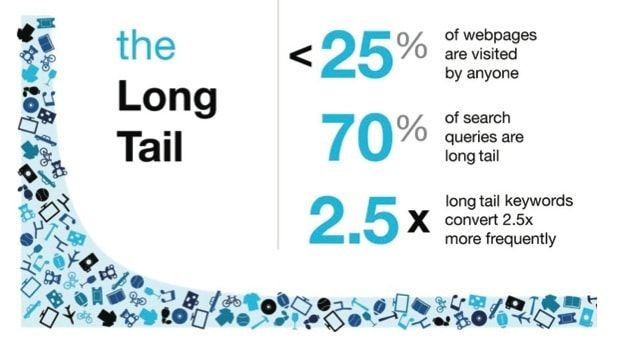
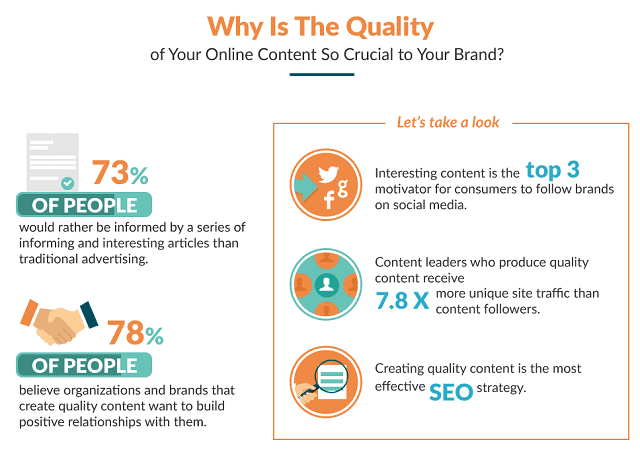
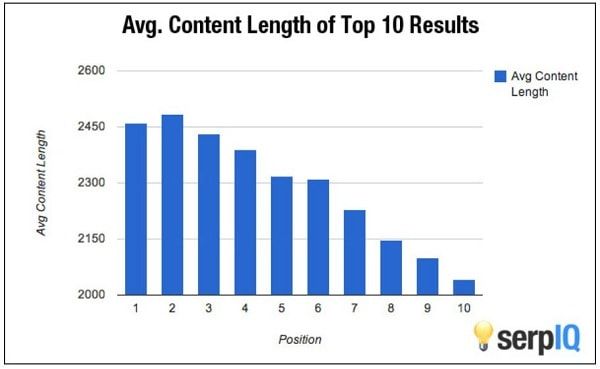
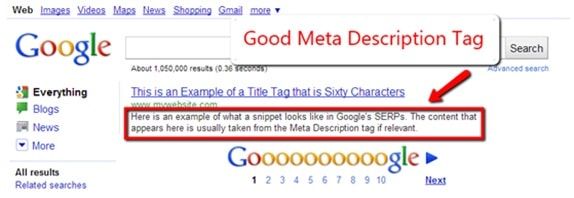


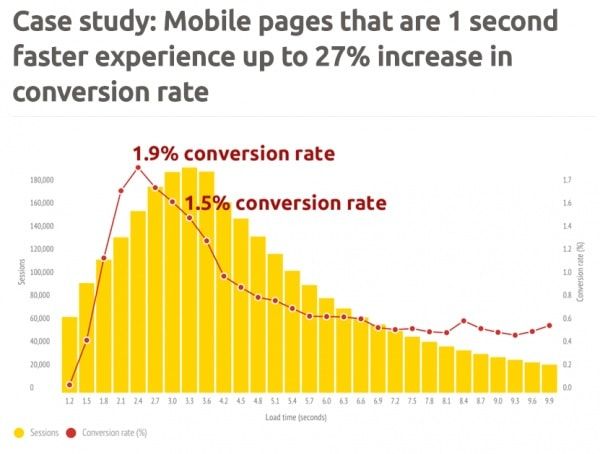


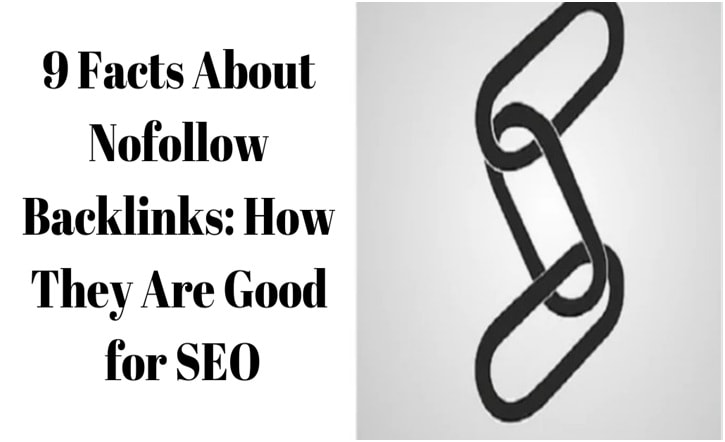


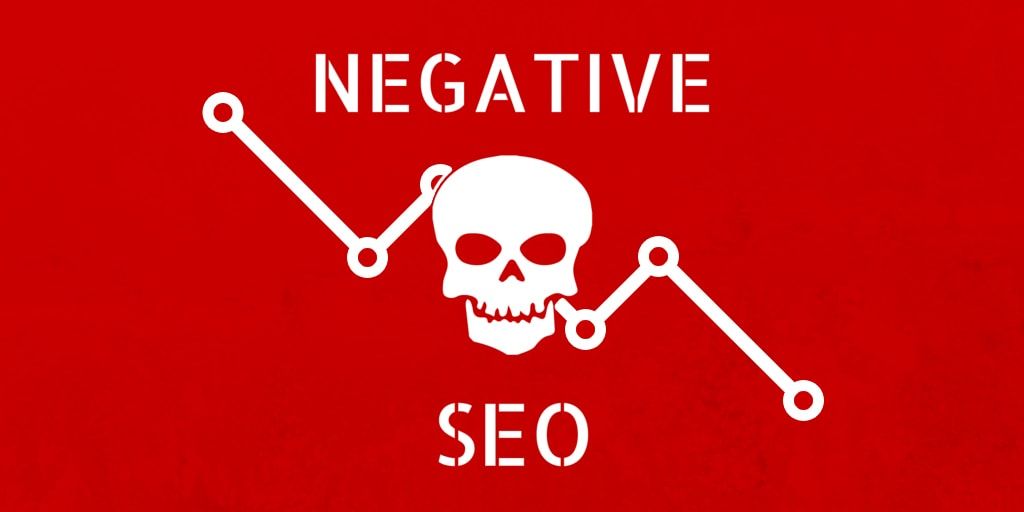




Comments